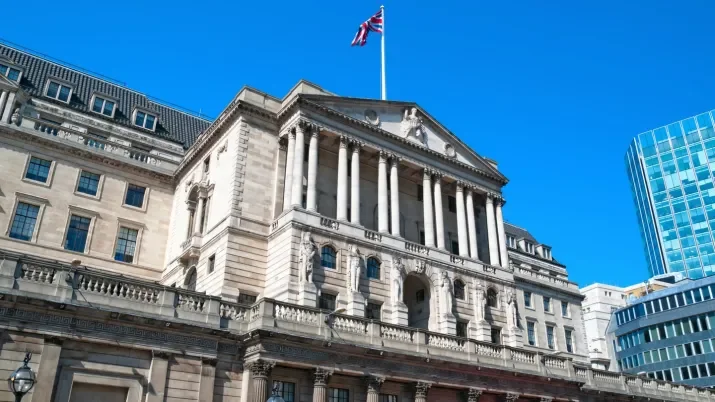Other Recessionary Indicators
Having discussed the shape of the yield curve as a recessionary indicator already last week, we would like to elaborate on what other indicators we look at as fixed income investors to determine where we are in the economic cycle, which in turn determines how we position ourselves on the yield curve and whether we look to credit risks or government bond risks.
The starting point for this analysis is very simply and obviously the global macro data that we track on a daily basis as it is released. The list of inputs is quite exhaustive and subject to seasonality and other shorter term factors, but ultimately it does influence markets, as well as central bank, corporate and consumer behaviour. It is these outputs that we really concern ourselves with when we look at the economic cycle.
As many of you will know we have a dashboard with a traffic light style system for each of the major economies which follows a number of key indicators that help us to do this and gauge the age and vulnerability of the cycle.
The key indicators would be:
Corporate leveraging – indicates how companies are being geared towards higher rates or lower earnings and ultimately how severe the next default cycle could be.
Consumer leveraging – indicates how the consumer is gearing up towards higher rates and lower spending power, latterly future unemployment gains, and ultimately consumer losses.
High levels of CCC rated issuance – tends to occur in the hottest stages of the cycle and near the end. It is from this rating that over 95% of defaults occur.
Credit rating migration – in particular ratings downgrades which stem from lower earnings or increased gearing and higher net debt to EBITDA ratios.
Credit spread widening – how much borrowers are having to pay for their public debt, a widening is a tightening of financial conditions, but also a consequence of sentiment and ratings migration.
Tightening of financial conditions – not just central bank tightening which is very transparent, but also commercial banks’ own risk appetites and lending practices
Surprise or shock to the system – depending on what it is can be a instant game changer or just the catalyst that pushes the cycle over the edge
In particular we pay a great deal of attention to the tightening of financial conditions, which have been a precursor to virtually every past recession. Here it is important to not just consider what central banks are doing but also what the banks themselves are doing. Central banks just determine “base” rates, but they rely on the banking system as the transmission mechanism of that policy. The banks do far more than just transmit this policy though, they have their own risk appetite and when that dwindles it can mean a serious tightening of financial conditions, more important even than the base rate moving higher. Are they lending lower volumes, are they charging more credit premium for that lending and are they excluding certain types of borrower completely – all vital indicators.
Regular readers of our blog will know that we follow very closely these bank lending surveys and whilst as Ben commented last week they are particularly accommodating in Europe at the moment, I would like to share with you the Federal Reserve’s Senior Loan Officer Survey from the middle of 2008 which provides a very telling insight into what was happening and about to happen. For those that find this interesting you can wind the clock back quarter by quarter and review prior surveys and see how this picture was building and what it was telling us about the extreme tightening of financial conditions at the time: Federal Reserve Loan Survey 2008
So, while yield curve shape is clearly important as an indicator of the stage of the cycle, there are many other inputs that influence us as fixed income investors to create the curve in that fashion.



